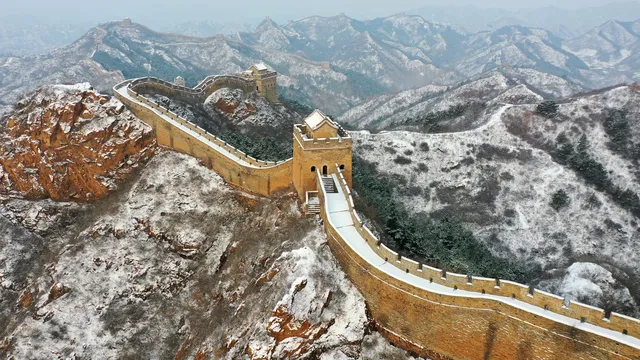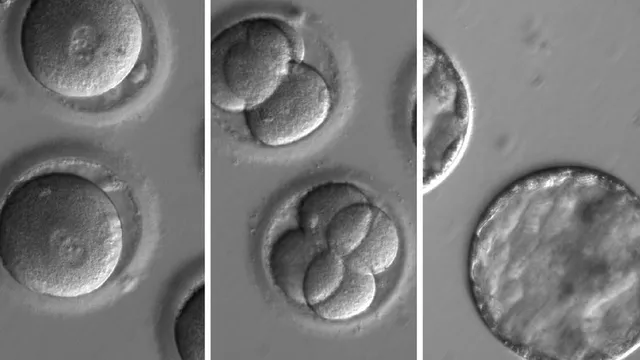The Great Wall of China is not a single construction project, but rather a series of defensive and border fortifications linked over hundreds of years under the leadership of multiple royal dynasties. However, recent archaeological discoveries in the country's Shandong province have pushed back the start date of the engineering marvel by some 300 years.
The excavation project was carried out between May and December 2024 and covered about 1,100 square meters in Guanli, a village located in the Changqing district of Jinan. Using optically stimulated luminescence (OSL) along with carbon dating, the researchers analyzed traditional artifacts as well as plant silicon and animal bones to better understand the extent of construction of the Great Wall section of China and what life was like at the time. The archaeological finds include roads, foundations of residential buildings, trenches, rammed earth structures, sloping banks, ash pits, and walls of buildings erected during different stages of development.
Zhang Xu, project leader from the Shandong Provincial Institute of Cultural Properties and Archaeology, explained that the site appears to be divided into three phases. The first two are earlier undertakings, with the 10-meter-high walls probably dating back to the Zhou Dynasty during the Spring and Autumn period (1046-256 BC). The third section, built during the height of the Qi dynasty during the Warring States period (475-221 BC), is the best preserved and shows how more advanced engineering strategies allowed workers to extend the walls up to 30 meters.
Earlier this week, Chinese Cultural Relics Society member Liu Zheng described the discovery as "the earliest known Great Wall of China".
Archaeologists also found valuable information under the Great Wall itself - two Zhou Dynasty residences in the northern part of the excavation. With square foundations and rounded corners, the remains are consistent with semi-subterranean dwellings of the period and suggest that there was probably a small settlement in the region before the construction activities, possibly associated with defensive positions on the river. Finally, the project also coincides with evidence 1.5 km north of the Great Wall for the town of Pingin, a community mentioned in many ancient historical texts.
"The layout, location, and associated infrastructure of the Great Wall of Qi reflect the advanced military planning and strategic responses of the Qi state to external threats. The close relationship with Pingying shows that the wall not only served as a defensive structure, but also played a strategic role in controlling key transportation routes," Zhang said. | BGNES

 Breaking news
Breaking news
 Europe
Europe
 Bulgaria
Bulgaria







